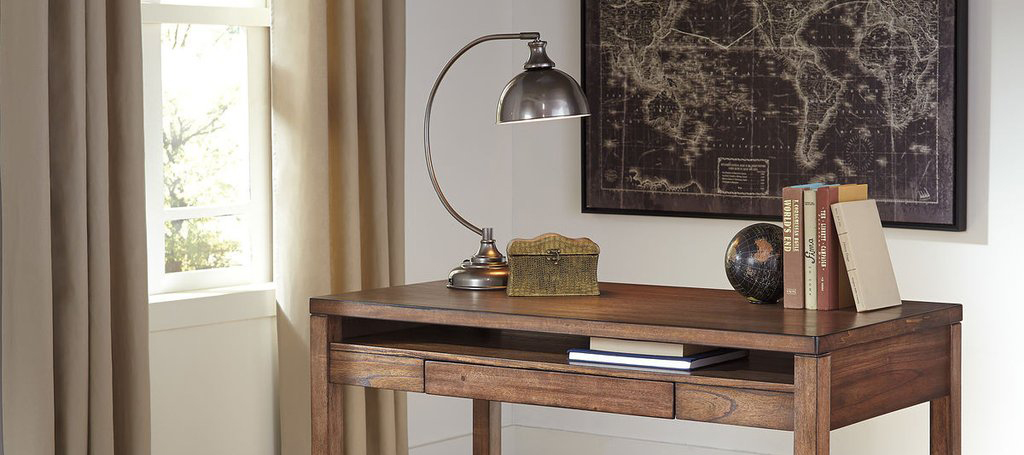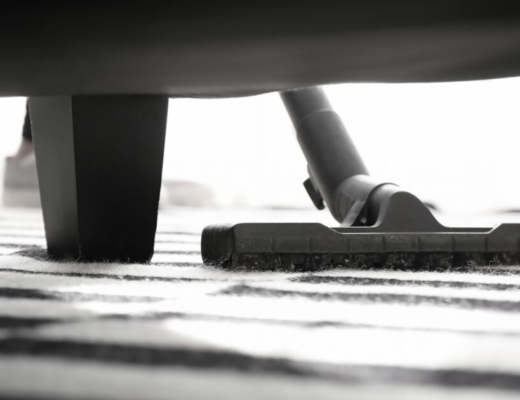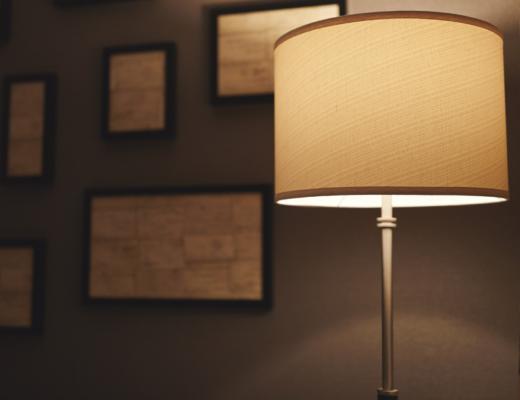More people than ever are bringing the office home and carving out a partition within their homes for teleworking. Take the time to strategize when building your home office space, and you have a great chance of increasing your efficiency while saving your gas, time, and sanity from rush hour traffic twice a day!
Where to Set Up Your Office Space
For tax purposes and your own sanity, pick a semiprivate or private place in your home that you can easily close off during high volume workdays. With no boss looking over your shoulder at home, it is up to you to avoid the multitude of distractions your environment offers. This is much easier to do if you have a work cave that is separate and distinct from the rest of the house.
If you have to move away from windows and doors to give your office the privacy that it deserves, make sure that it is well lit with lamps. A few tall lamps can serve as your main lighting, with some exciting accent lamps providing directed lighting for a desk, day bed or coffee table.

How to Limit Distractions
Effectively working in a remote environment is all about avoiding distraction. This is actually a fairly easy thing to accomplish once you realize the psychology behind work. The trick is to fool yourself into the groove – once you are there, your mind will naturally focus, and the so-called distractions will not interest you as much as finishing the task that you have on hand.
The first step is to make your workspace fully independent of the rest of the home. For instance, fill the cabinet with your favorite snacks so that you have no reason to walk to the outside fridge. Other desks should house your supplies: paper, pencils, the extra laptop, even your server if you have one. Try to pick a workspace with a connected bathroom. Once you sit down in that work chair, there should be no reason for you to leave the room during work hours.

The Best Colors on Your Walls to Increase Productivity
Understanding color is understanding psychology. In order to increase productivity, pick hot colors for your walls: yellow, red, deep orange. Your desk should be in a more neutral color like white, brown, black, or gray so that it does not clash against the walls. Once the backdrop is set, it will suggest the color of the furniture arrangement to you.

How to Set Up a Schedule
The amount of work that you have will invariably expand into the amount of time that you give it. The secret of scheduling is to give yourself 10-20% less time than you think you will need for every job. Not only will the pressure help you to maintain focus, but you will be surprised at how quickly you accomplish things once you are forced to keep up with the clock. Sooner or later, you will begin challenging yourself to deliver quality work in an even shorter timespan, which will increase your expertise in your discipline as you find ways to streamline your processes.




